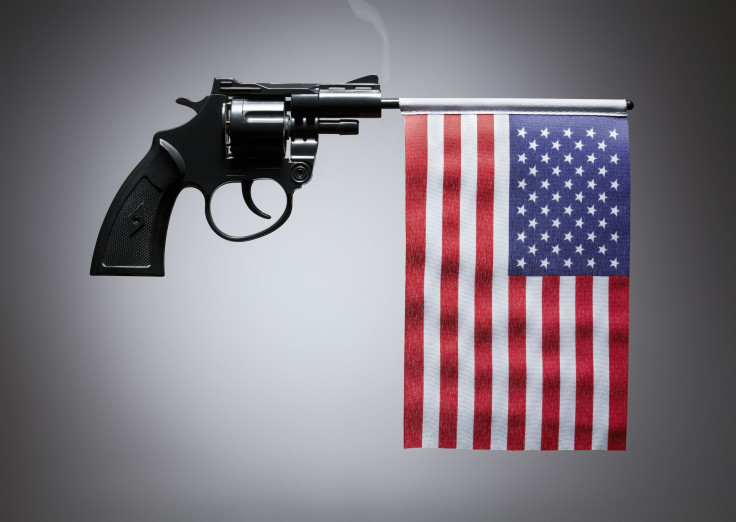Gun Safety Needs Uniform Laws To Work, As Firearm Deaths Still Show Huge Racial Divides

Over the past decade, the rate of gun deaths has been steady but, unfortunately, it masks a much greater issue of overwhelmingly large disparities of gun deaths between different races and states. A recent study from Columbia University delved into America’s gun problem in order to find the root of the issue and came to one very important conclusion: Inconsistancies in state gun control policies are not doing very much to alleviate the problem.
In June, President Barack Obama told Washington that it should be “ashamed” of its inability to pass gun control legislature, something which, according to recent data, may be the only way to decrease the number of gun deaths in America. Researchers from Columbia University in New York looked at gun deaths from murders, suicide, and unintentional shootings in the United States between 2000 and 2010, using information from the Injury Statistics Query and Reporting System, according to a recent press release.
The preliminary figures showed that gun deaths in America rose in some states while falling in others. While this caused the national rate of gun deaths to remain stable, when something as important as a human life is on the line, stability is not good enough. The researchers wanted to figure out a way to turn this stability into a universal decrease.
Unsatisfied with “the big picture” the Columbia team dissected each gun death, categorizing them into circumstances surrounding death and race of the deceased. In an email, the study’s author Dr. Bindu Kalesan told Medical Daily that the overall message revealed by the results was that “each state has its unique pattern and are driven by changes in sub groups exclusive to that state's socio-political environment.”
In a state-by-state and racial breakdown, firearm deaths fell in Arizona, California, Illinois, Maryland, Nevada, New York, North Carolina, and the District of Columbia, mostly among people of Hispanic and black backgrounds. Rates, however, rose in Florida and Massachusetts, largely due to more gun deaths among people of white and non-Hispanic backgrounds, and an increase in the gun-related murder rate. Although the number of unintentional deaths largely fell, the number of gun-related murders and suicides seemed to remain the same.
Also the reason for decreases varies from state. “In AZ, NV the decline is driven by reduction in homicide gun deaths among blacks and non-Hispanics. In CA, the reduction occurs in all groups and is mainly by reducing suicide gun deaths,” Kalesan explained. The reasons for disparities among different races also varied, with Kalesan concluding “different gun control legislation, policing strategies, crime rates, etc. characteristic to each sate drives these race/ethnicity differences.”
Through the assessment of a vast amount of data, Kalesan drew one very important conclusion: “We need much better gun laws than what’s in existence.” Some states, such as Massachusetts for example, have implemented tough gun use laws, which have done next to nothing to reduce the number of gun deaths. In fact, after the passage of Massachusetts gun laws in 1998, the gun deaths continued to increase rather than decrease.
The reason for this is simple. “Other countries have adopted stringent laws and effectively reduced gun deaths. But guns are in the social fabric of the U.S. societiesm,” Kalesan said. Gun control laws alone are not enough to control death rates, seeing as residents can easily obtain firearms from neighboring states with weaker laws.
“Gun control legislation should go hand-in-hand with educating the public on the magnitude of the problem and how perniciously and differently it works in different societies, in different forms such as assaults, suicides, and unintentional injuries,” Kalesan added.
Although not yet proven, Kalesan suggested that this, along with media exposure of irresponsible gun use and the death of children, may have been the cause for recent decreases in gun deaths in Tennessee, Kentucky, and Ohio.
Source: Kalesan B. Vasan S, Mobily ME, et al. State-specific, racial and ethnic heterogeneity in trends of firearm-related fatality rates in the USA from 2000-2010.BMJ. 2014.



























